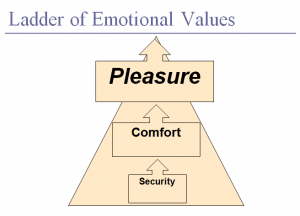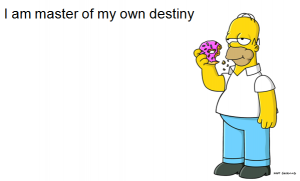 Print magazines are alive and well, but they’re in transition. The ones that are thriving are customer magazines, designed to be helpful and relevant to consumers while delivering marketing messages and building brand loyalty.
Print magazines are alive and well, but they’re in transition. The ones that are thriving are customer magazines, designed to be helpful and relevant to consumers while delivering marketing messages and building brand loyalty.
Yesterday I led a workshop in the Netherlands at Media Partners Group. They specialize in both Dutch and English language publications for large companies, like Shell Oil and Heineken Beer, among others. Here’s the way they describe themselves:
MediaPartners Group inspires with text and images. We build relationships, stimulate sales and promote loyalty. We reach clients or employees by performing the unexpected, but without being creative for creativity’s sake.
Our dedicated team of specialists in the areas of strategy, design, content, copy, account and project management provide clients with sponsored magazines, web design, direct marketing solutions, in store communications, advertising and loyalty programmes for internal and external target groups.
As almost everywhere in Holland, professional people all speak English. There were several staff members from the UK, which is why they are able to create high quality communications for huge global corporations. The other reasons are because they are a group of talented smart people who love their work. Read More→










